[New to the Journey? Read this for a brief introduction!]

by David Levinson
Free press
American readers and those who follow American politics are no doubt well aware of President Nixon’s speech on the “Vietnamization” of the war in Indo-China. All three national networks carried the speech, of course, and followed it up with analysis and commentary. This apparently didn’t sit well with the White House.
On November 13th, Vice President Spiro Agnew addressed a regional Republican committee in Des Moines, Iowa, in which he attacked the networks, accusing them of political bias in their news coverage. He complained that the president’s speech had been subjected to “instant analysis and querulous criticism” without giving the American people time to digest the speech for themselves. Agnew accused “a small and unelected elite” of exerting undue influence on public opinion without any check on their power. He even called it a form of censorship.
 Vice President Spiro Agnew addressing the Midwest Regional Republican Committee.
Vice President Spiro Agnew addressing the Midwest Regional Republican Committee.
Some television executives accused Agnew of attempting to undermine the freedom of the press and intimidate a form of journalism that requires a government license in order to broadcast. I’d say the intimidation was at least partly successful, since all three networks carried the Vice President's speech. However, the networks are also fighting back. The CBS news magazine 60 Minutes devoted a full hour to rebutting Agnew’s charges.
When asked if anyone in the administration had an advance look at the speech, White House press secretary Ron Ziegler denied it. He also said that the White House would have no reaction to statements by other members of the administration and that Nixon and Agnew had not discussed the speech. That’s nonsense. A speech like this would never be made without approval at the highest levels, and if it had been, the White House would have promptly issued a statement distancing Nixon from the remarks or at least trying to soften them. I’d say the administration has fired a shot across the bows of the news media.
 White House Press Secretary Ron Ziegler
White House Press Secretary Ron Ziegler
Continue reading [December 2, 1969] Communication Breakdown (January 1970 IF)

![[December 2, 1969] Communication Breakdown (January 1970 <i>IF</i>)](https://galacticjourney.org/wp-content/uploads/2024/11/IF-1970-01-Cover-478x372.jpg)
![[November 2, 1969] Love and Hate (December 1969 <i>IF</i>)](https://galacticjourney.org/wp-content/uploads/2024/10/IF-1969-12-Cover-505x372.jpg)
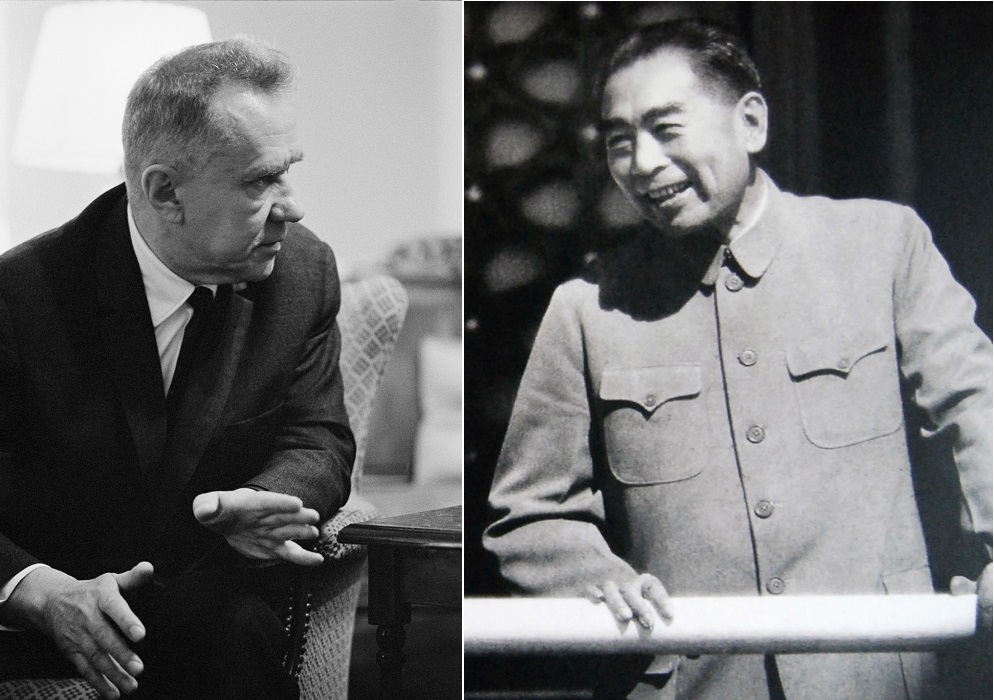 l. Soviet Foreign Minister Alexei Kosygin, r. Chinese Foreign Minister Chou Enlai
l. Soviet Foreign Minister Alexei Kosygin, r. Chinese Foreign Minister Chou Enlai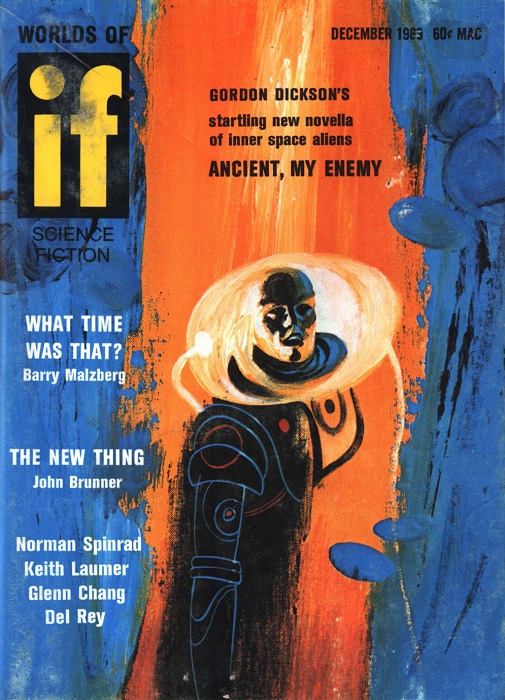 Vaguely suggested by Ancient, My Enemy. Art by Gaughan
Vaguely suggested by Ancient, My Enemy. Art by Gaughan![[October 2, 1969] Darkness, Darkness (November 1969 <i>IF</i>)](https://galacticjourney.org/wp-content/uploads/2024/09/IF-1969-11-Cover-503x372.jpg)
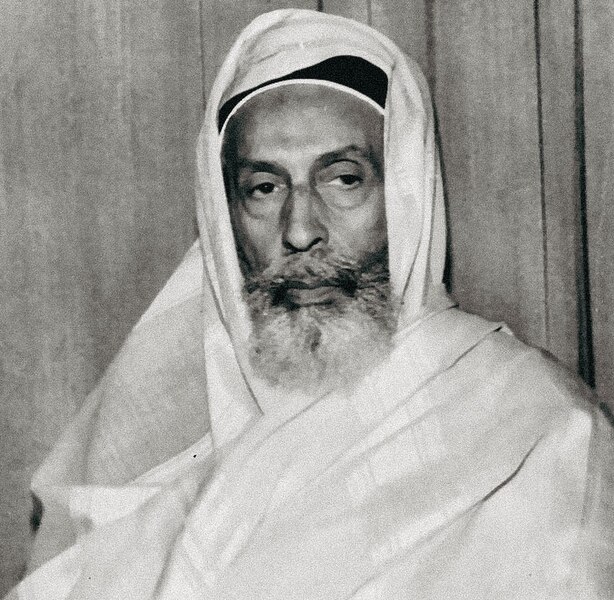 King Idris from a couple of years ago.
King Idris from a couple of years ago. Libya’s new Prime Minister, Soliman Al Maghreby.
Libya’s new Prime Minister, Soliman Al Maghreby. This month’s cover depicts nothing in particular. Art by Gaughan
This month’s cover depicts nothing in particular. Art by Gaughan![[September 4, 1969] <i>Plus ça change</i> (October 1969 <i>IF</i>)](https://galacticjourney.org/wp-content/uploads/2024/08/IF-1969-10-Cover-487x372.jpg)
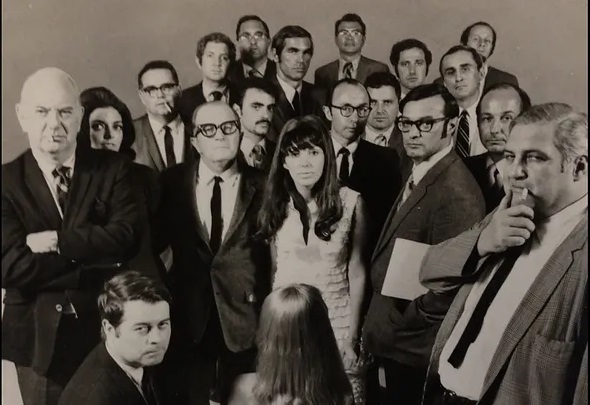 Penelope Ashe, in part, with the cover model superimposed.
Penelope Ashe, in part, with the cover model superimposed.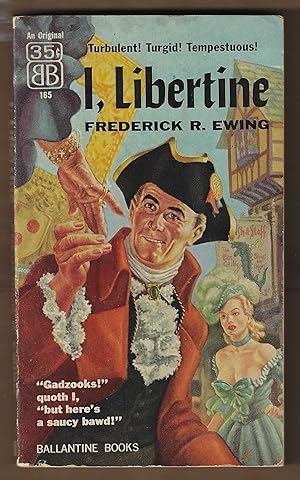
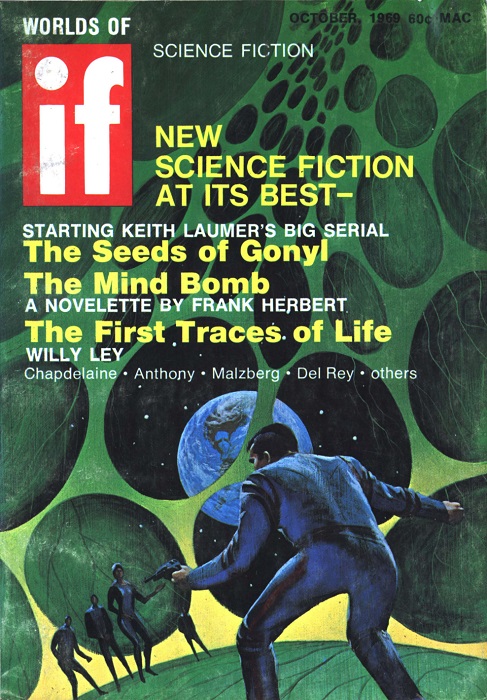 Supposedly for Seeds of Gonyl. If so, it’s from later in the novel. Art by Gaughan
Supposedly for Seeds of Gonyl. If so, it’s from later in the novel. Art by Gaughan![[August 2, 1969] Specters of the past (September 1969 <i>IF</i>)](https://galacticjourney.org/wp-content/uploads/2024/07/IF-1969-09-Cover-494x372.jpg)

 Salvadoran President and General Fidel Sanchez Hernandez inspecting the troops.
Salvadoran President and General Fidel Sanchez Hernandez inspecting the troops. A robot carrying off a fainting human woman. It’s not as old-fashioned as you might think. Art by Chaffee
A robot carrying off a fainting human woman. It’s not as old-fashioned as you might think. Art by Chaffee